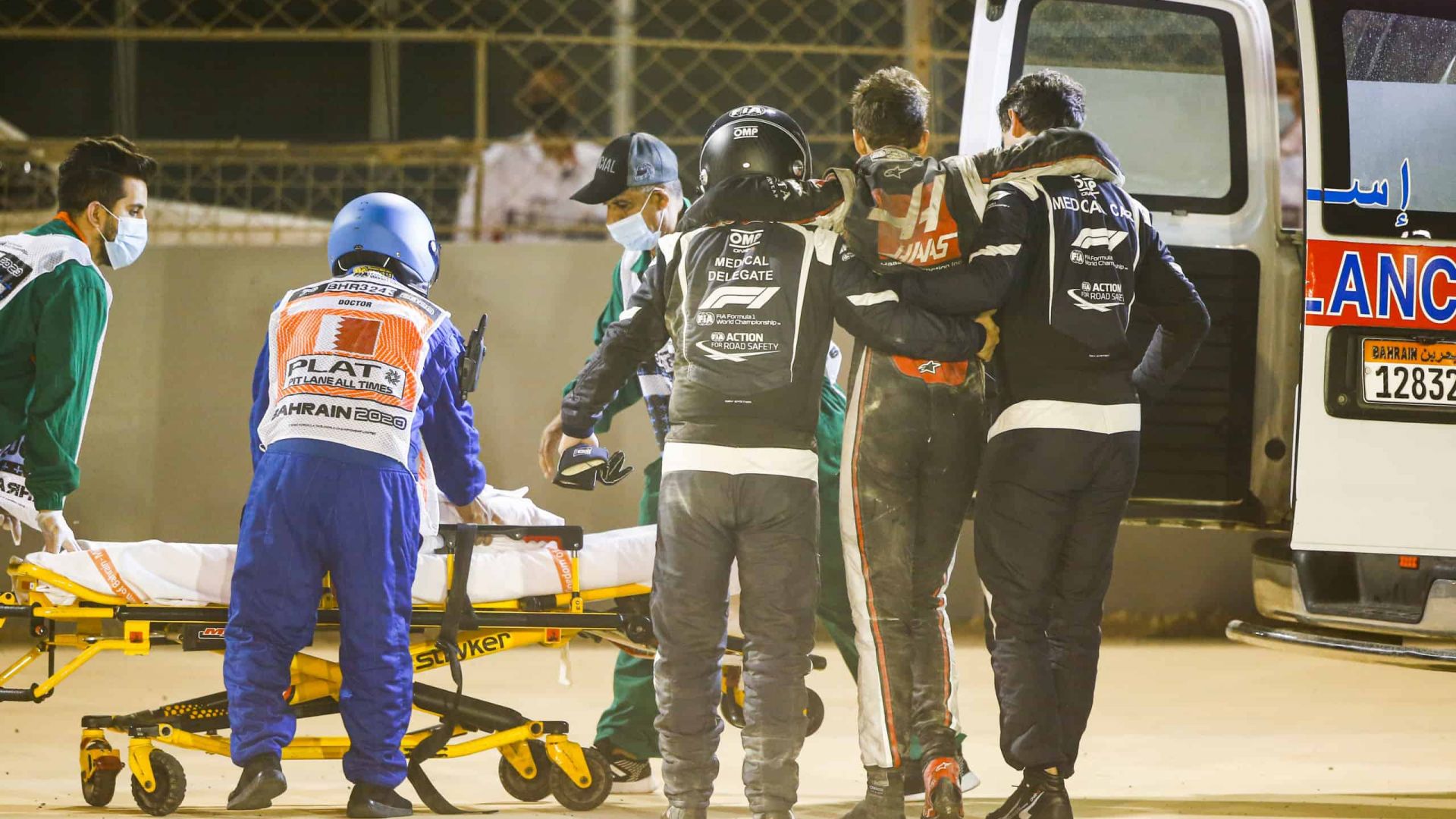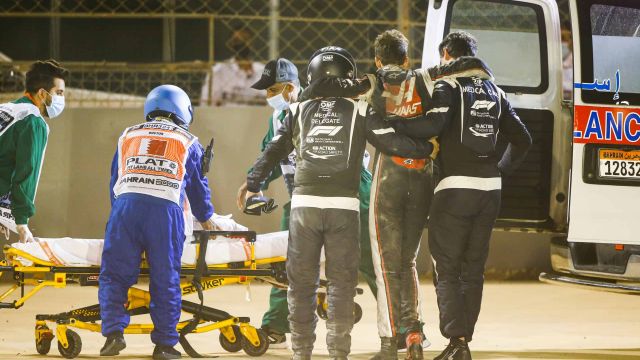What Is An Accident Data Recorder In Formula 1?


An Accident Data Recorder (ADR) in Formula 1 is a specialized device that captures and stores critical data during a crash or accident. Mounted in a protected area within the car’s survival cell, the ADR records information such as speed, acceleration, steering angle, and brake pressure at a high sample rate. This data is crucial for understanding the causes and consequences of an accident, helping to improve safety standards and crash investigations in the sport.
The FIA’s main priority as a sanctioning body of Formula 1 is to improve the safety of everyone during racing events. From tweaking the Formula 1 car’s design to changing the rules and regulations of a race, the FIA achieves this goal while still ensuring the best entertainment possible.
How does an Accident Data Recorder in Formula 1 work?
The Accident Data Recorder (ADR) stores and analyzes data from all the car’s sensors, including two FIA-specific accelerometers. This allows the FIA to use the ADR like a black box recorder in aircraft in order to gather accident data. A medical warning LED light will appear on the cockpit top if the car is in an accident with forces exceeding 18g. This will alert marshals of the severity of the accident, and allow them to take appropriate action to assist the driver.
What does an Accident Data Recorder in Formula 1 record?
3-axis, high-g (\mP250g) and low-g (\mP50g) accelerometers, car speed, throttle and steering, the lap marker, and from 2000, yaw rate are recorded. Using the data, circuit safety features like run-off areas and barriers are analyzed as well as the deceleration on the track.
From the available data, the cause of the loss of control can sometimes be determined. The data are used to calculate deceleration rates for use in the FIA’s Circuit and Safety Analysis System (CSAS) to assess circuit safety features, barrier performance, and to aid accident reconstruction and modelling.
In order to evaluate impacts quickly and determine whether they are likely to cause head injuries, the severity index coefficient (SIC) has been developed. The SIC allows impacts to be rated according to their likelihood of causing head injuries. When determining the driver’s damages, tiny measurements are crucial.
Where are ADRs located in Formula 1 cars?
In Formula 1, they are attached to the two external 500g accelerometers bolted with 4mm bolts on the survival cell. There must be one accelerometer as close as possible to the nominal centre of gravity of the car, and the other as far forward as possible inside the survival cell. Providing that it is solidly bolted to a structural part of the survival cell, the forward accelerometer may be mounted on the underside of the top surface.
Every time an ADR is used, 0.75GB of data is downloaded to a central server. Analyzing this data helps spot trends in accidents to be used in improving venue and race car safety.
When did ADRs start to be used in Formula 1?
In 1997, rules and regulations were tighter than ever. Test tracks started requiring FIA approval and supervision. The kerbings on all tracks were standardised, bolted tyre wall construction became obligatory, and cars were required to carry FIA ADRs to analyse the success of implemented safety measures.
Why is the FIA Foundation making ADRs more affordable?
In its search for a safer racing experience for everyone, the FIA has been trying to design a technology that is both affordable and reliable for all motor racing championships. The cost of the ADRs had been limiting racing championships in incorporating the said safety technology to their own events and FIA wants to change that.
Over the years, the FIA has successfully negotiated with ADR providers such as Pi Delphi, EM Motorsport and MoTec to offer affordable yet reliable ADRs.
It was announced just last year that the FIA is developing a simpler, more reliable, and more cost-effective IDR, which is expected to help reduce fatalities and improve safety levels for grassroots motorsport events. Whether FIA will incorporate this new system into Formula 1 sometime in the future is still a question.
Who uses ADRs in motorsport currently?
NASCAR uses “black boxes” in their racing cars to record, collect and distribute information by computer to NASCAR Research and Development personnel.
IndyCar also uses an ADR to provide detailed data about the forces on the cars and drivers during a crash. Their ADRs are made by EM Motorsport. The ADR uses internal accelerometers and gyros as well as a controller area network (CAN) interface to capture ‘at the scene’ accident data to aid post-event analysis and safety research.
World Rally Championship also uses ADRs.
Conclusion: What is an Accident Data Recorder in Formula 1?
An ADR has changed the way that motorsport is understood.
The FIA ADR responds to the same impact levels as an airbag system and captures data across the same frequency band – typically 20 times per second, with a duration of 100 milliseconds. It is capable of recording acceleration, rotation and lateral-g force data, which can be downloaded onto a laptop computer. The information it gathers provides detailed insight into what happens in a crash, helping improve safety standards for drivers, marshals and spectators; on race tracks and public roads worldwide.
In the aftermath of an accident, the data held within an ADR can be crucial in understanding the causes of an accident. This is information that will help ensure any necessary changes are made to improve safety in motor racing. It is therefore vital that racing cars are equipped with ADRs to reduce the risk of such accidents happening again.
From F1 news to tech, history to opinions, F1 Chronicle has a free Substack. To deliver the stories you want straight to your inbox, click here.
New to Formula 1? Check out our Glossary of F1 Terms, and our Beginners Guide to Formula 1 to fast-track your F1 knowledge.





